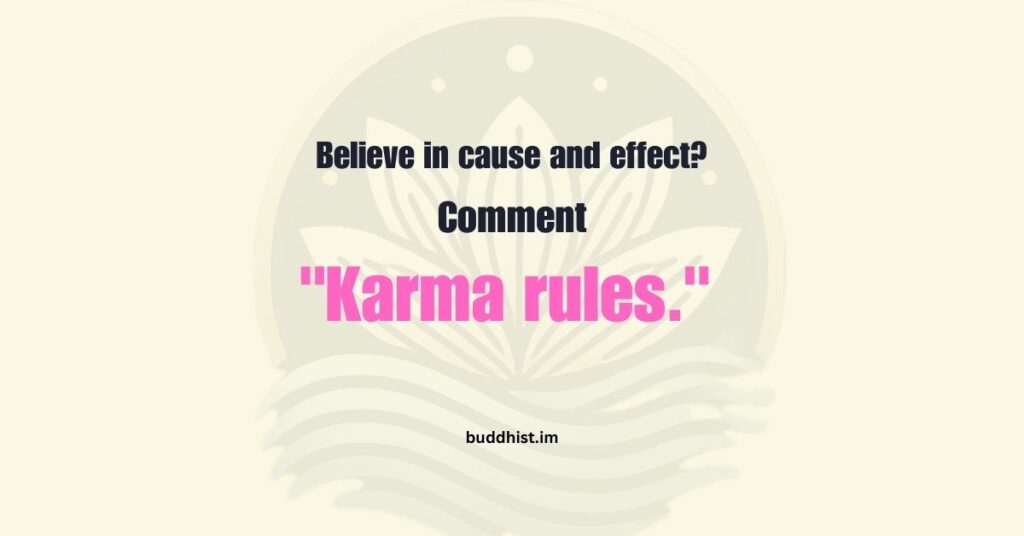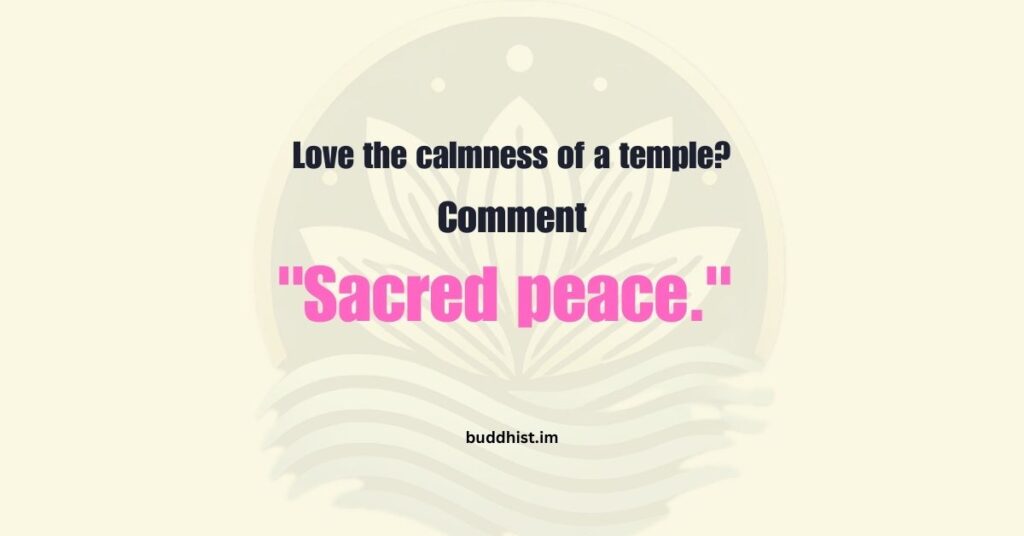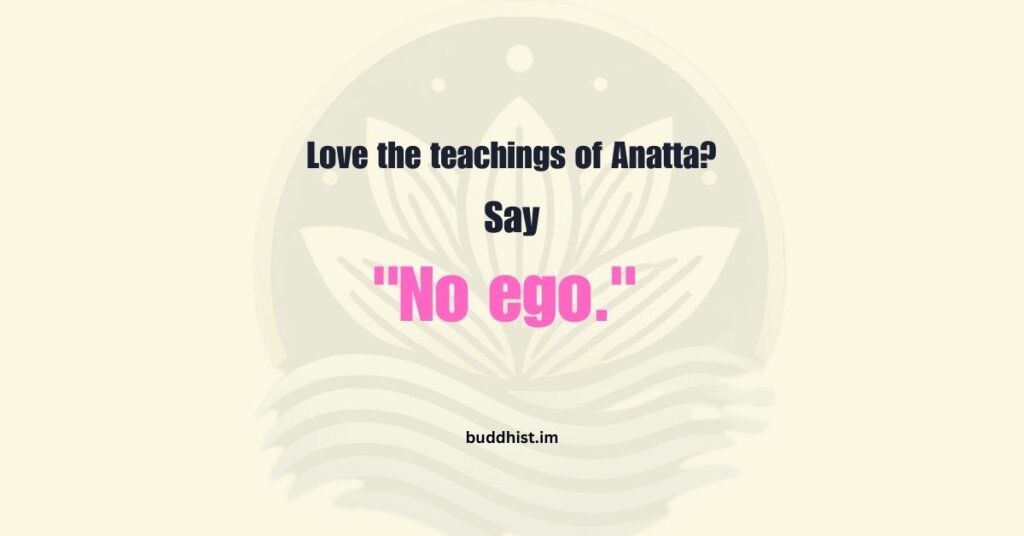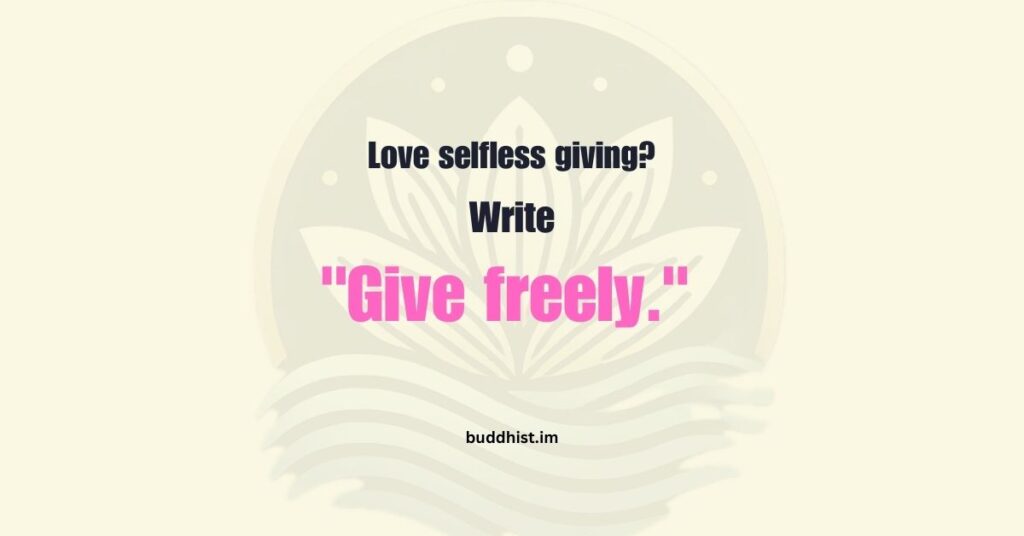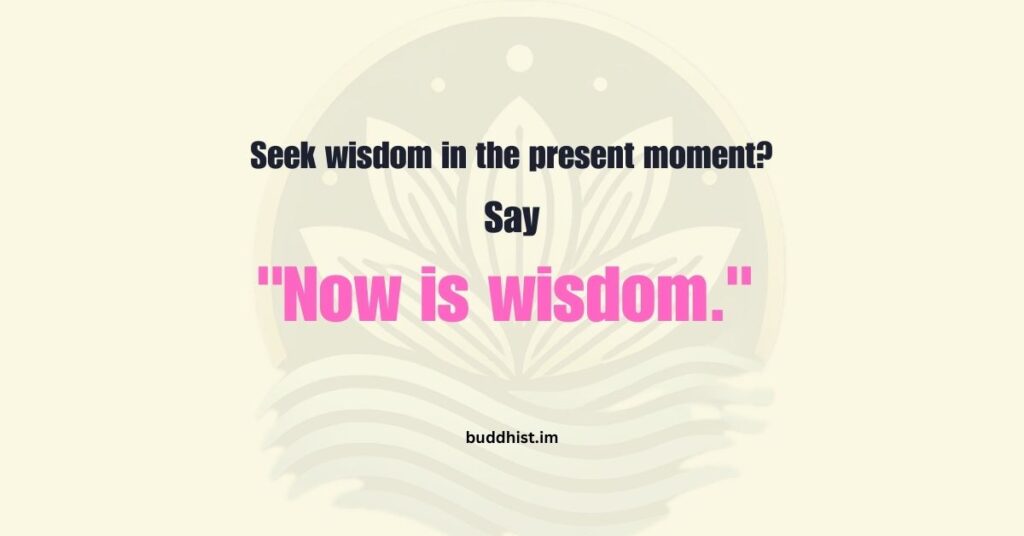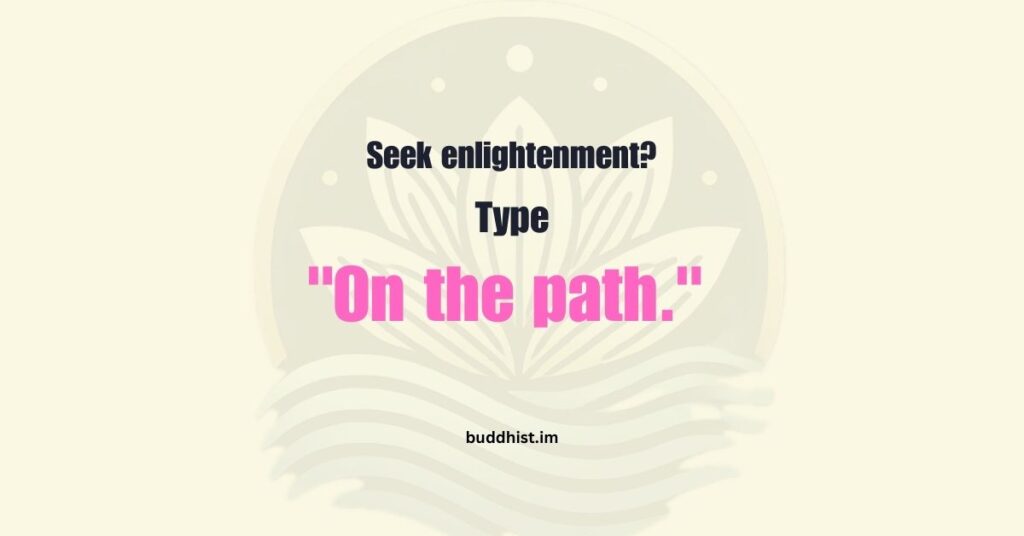When we hear the word “detachment,” our minds might flash to images of aloof monks meditating in the mountains or stoic individuals shutting out the world. But detachment isn’t about pushing people away, least of all your spouse! In fact, when practiced in a mindful, loving way, detachment can bring you closer together and make your marriage stronger, happier, and more peaceful. Let’s dive into what detachment really means and how you can use it to thrive in your relationship.
What Is Detachment in a Buddhist Context?
First off, let’s clear up a common misunderstanding: detachment isn’t about being cold or indifferent. In Buddhism, detachment is about letting go of unhealthy clinging and expectations. It’s not about turning away from your partner but rather showing up fully without trying to control or overly depend on them. Think of it as trading the handcuffs of attachment for the warm embrace of unconditional love.
Detachment helps you love more freely, without strings attached. And yes, it’s totally possible to be deeply in love and detached at the same time. It’s the kind of love that says, “I cherish you, but I don’t need you to complete me.” It’s the perfect mix of independence and togetherness.
Why Does Detachment Matter in Marriage?
Marriage is wonderful, but let’s be real, it can also get sticky. We sometimes want our partner to meet all our needs, validate all our feelings, and never, ever let us down. That’s a recipe for disappointment because, spoiler alert, no one’s perfect! Detachment helps you:
- Stay Grounded: When you’re not tied to unrealistic expectations, you’re less likely to feel hurt or resentful when things don’t go as planned.
- Foster Emotional Balance: Detachment keeps you from riding an emotional rollercoaster every time your partner has a bad day (or leaves socks on the floor for the hundredth time).
- Strengthen Love: A detached mindset allows you to appreciate your spouse for who they are, not who you think they should be.
Practical Ways to Practice Detachment in Your Marriage
Ready to give detachment a try? Here are some tips to help you master this art with love and grace:
1. Fill Your Own Cup First
Detachment starts with self-awareness and self-care. Ask yourself: Are you looking to your partner to make you happy, calm your insecurities, or solve your problems? That’s a lot of pressure for one person! Instead, focus on nurturing your own happiness through hobbies, meditation, and friendships. When you feel whole, you’re less likely to cling to your spouse for fulfillment.
Pro Tip: Make time for “Me Dates.” Whether it’s a yoga class, a walk in the park, or curling up with your favorite book, these moments remind you that your happiness is in your hands.
2. Practice Loving-Kindness Meditation
Loving-kindness meditation (metta) is like a love letter to the universe. You start by sending good vibes to yourself, then extend them to your partner, family, friends, and even people you’re not too fond of (looking at you, Karen from accounting).
When you regularly practice metta, it helps you cultivate compassion without attaching strings. You learn to love your partner for who they are, not for how they make you feel.
3. Stop Keeping Score
“I cooked dinner, so you should do the dishes.” Sound familiar? Keeping score can lead to resentment and unnecessary drama. Detachment teaches us to give freely without expecting something in return. This doesn’t mean becoming a doormat, but rather approaching acts of love with a generous spirit.
Pro Tip: Next time you’re tempted to mentally log your partner’s “debts,” take a deep breath and let it go. Trust that love has a way of balancing things out.
4. Communicate with Openness, Not Control
Detachment doesn’t mean bottling up your feelings. Instead, it means expressing yourself without trying to control your partner’s reaction. For example, say, “I feel hurt when you’re on your phone during dinner,” instead of, “You never pay attention to me!” This approach invites understanding rather than defensiveness.
5. Accept Imperfections
Your spouse is human. (Yes, even if they sometimes load the dishwasher all wrong.) Detachment helps you accept their flaws with a sense of humor and grace. Remember, the quirks that annoy you today might be the things you laugh about tomorrow.
Pro Tip: Whenever you’re frustrated, ask yourself, “Will this matter in five years?” If the answer is no, let it go.
6. Cultivate Gratitude
Focusing on what you appreciate about your partner can shift your mindset from “I need more” to “I’m so lucky.” Gratitude nurtures a sense of abundance and reduces the tendency to cling.
Pro Tip: Keep a gratitude journal and write down three things you love about your spouse every day. Share it with them occasionally for bonus points!
The Magic of Detached Love
Here’s the secret: detachment doesn’t take love away; it amplifies it. By letting go of control, expectations, and neediness, you create space for authentic connection. Your partner isn’t your possession; they’re your companion on this wild, beautiful journey called life.
So, the next time you feel the urge to micromanage or cling, take a deep breath, step back, and remember: detachment doesn’t mean distance. It means loving with an open heart and an open hand.
Cheers to a marriage filled with love, laughter, and just the right amount of detachment!
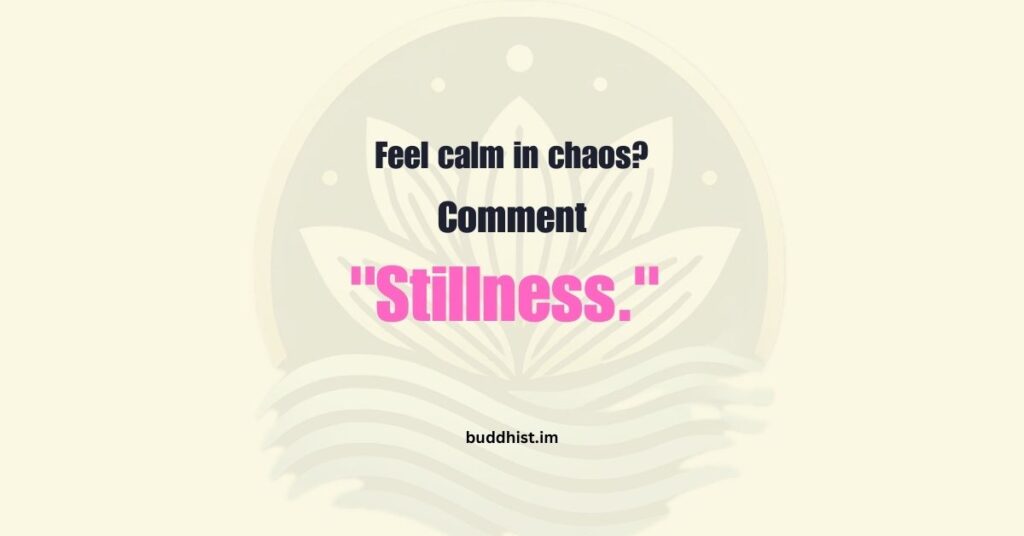

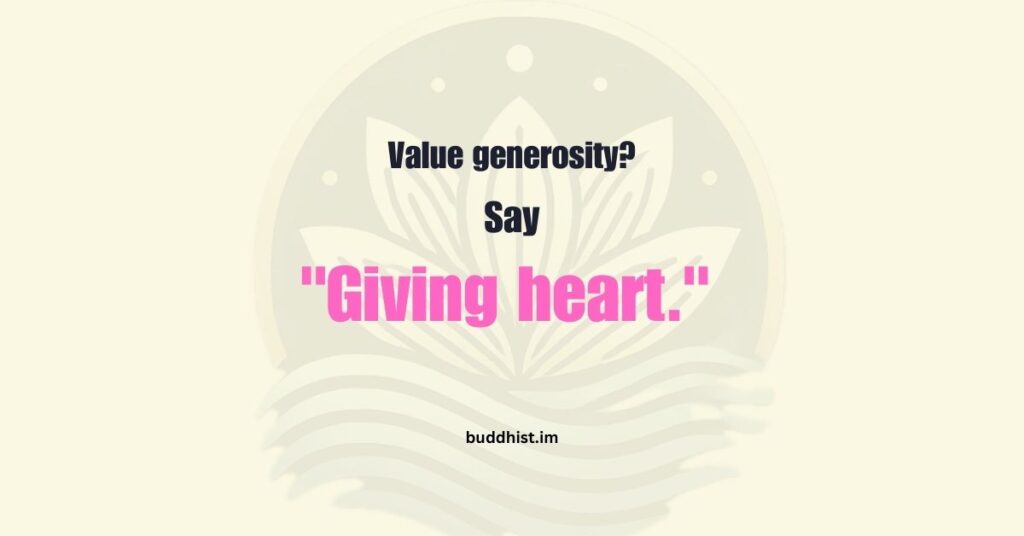
![Stop Losing Yourself in Marriage, [Here’s the Fix]](https://buddhist.im/wp-content/uploads/2025/01/Stop-Losing-Yourself-in-Marriage—Heres-the-Fix-1024x536.jpg)
![Stop Over-Explaining [Here’s What to Do Instead]](https://buddhist.im/wp-content/uploads/2025/01/Stop-Over-Explaining-Heres-What-to-Do-Instead-1024x536.jpg)

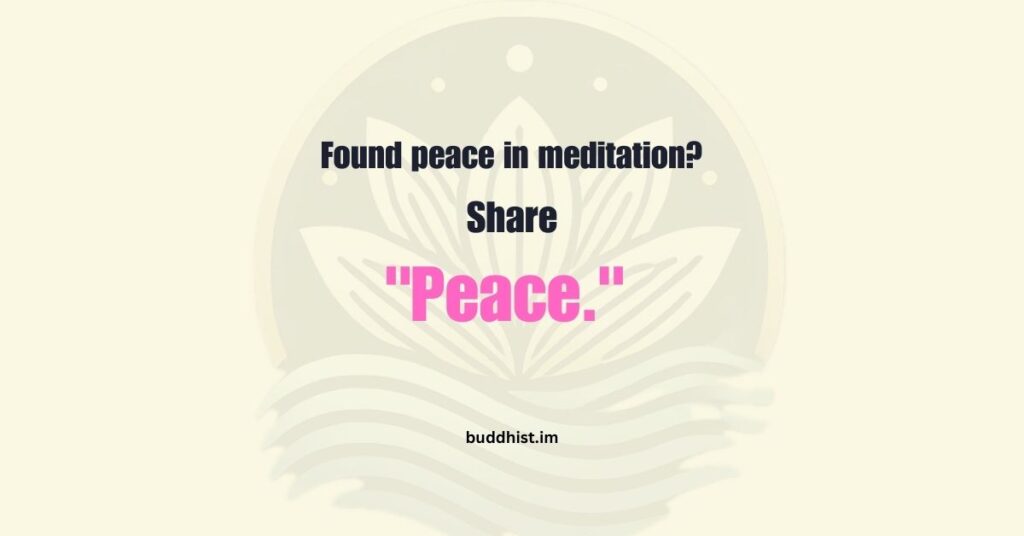
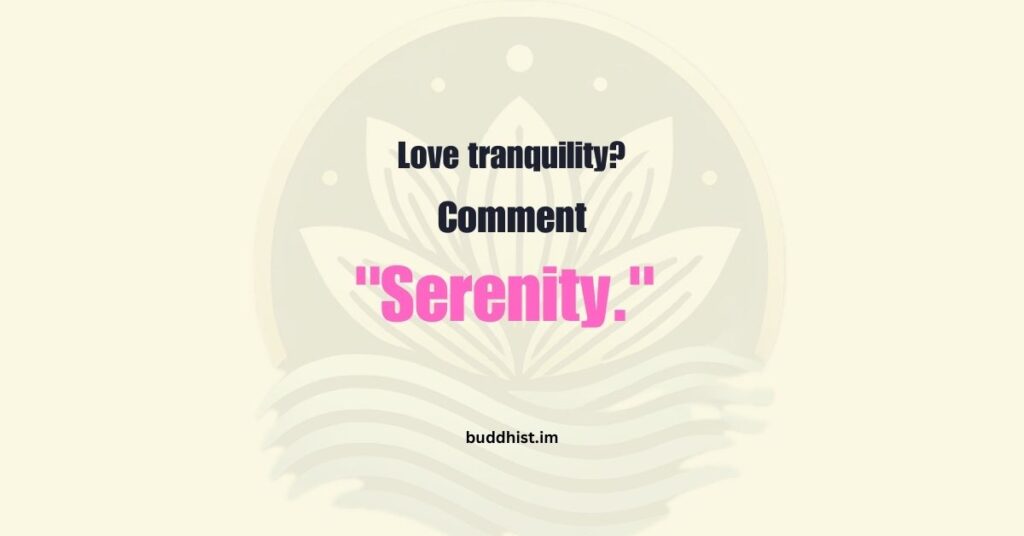


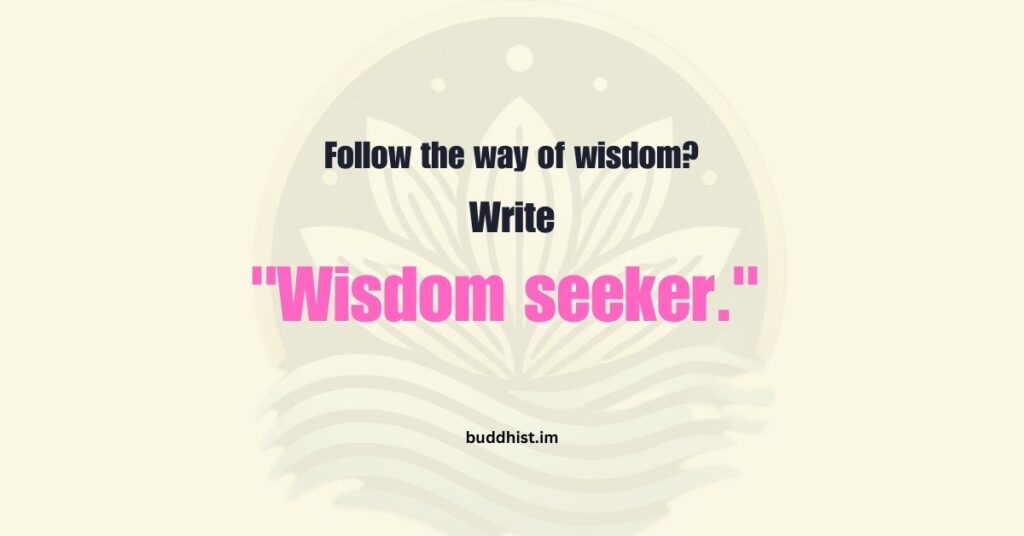
![[Trust Thrives on THIS] And It’s Easier Than You Think!](https://buddhist.im/wp-content/uploads/2025/01/Trust-Thrives-on-THIS—And-Its-Easier-Than-You-Think-1024x536.jpg)
